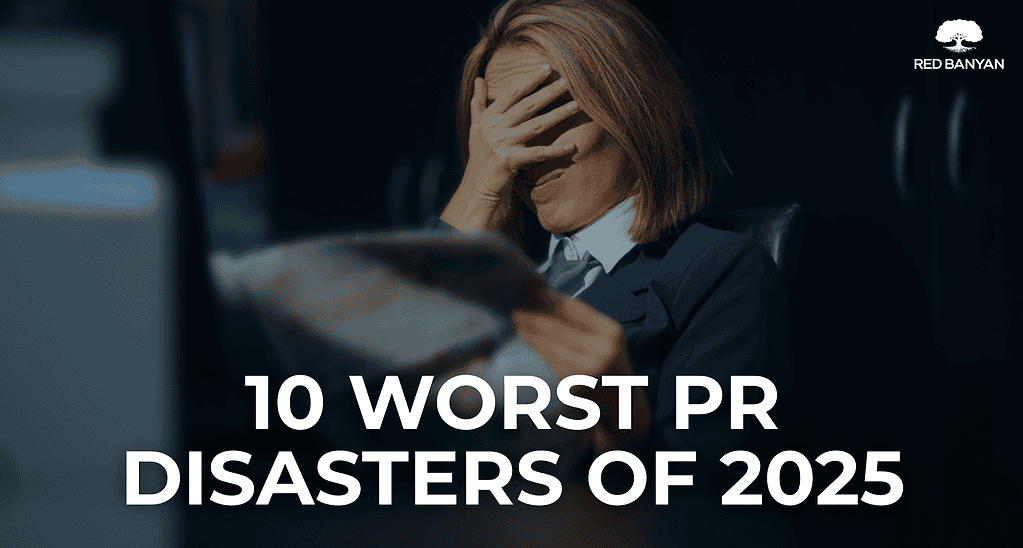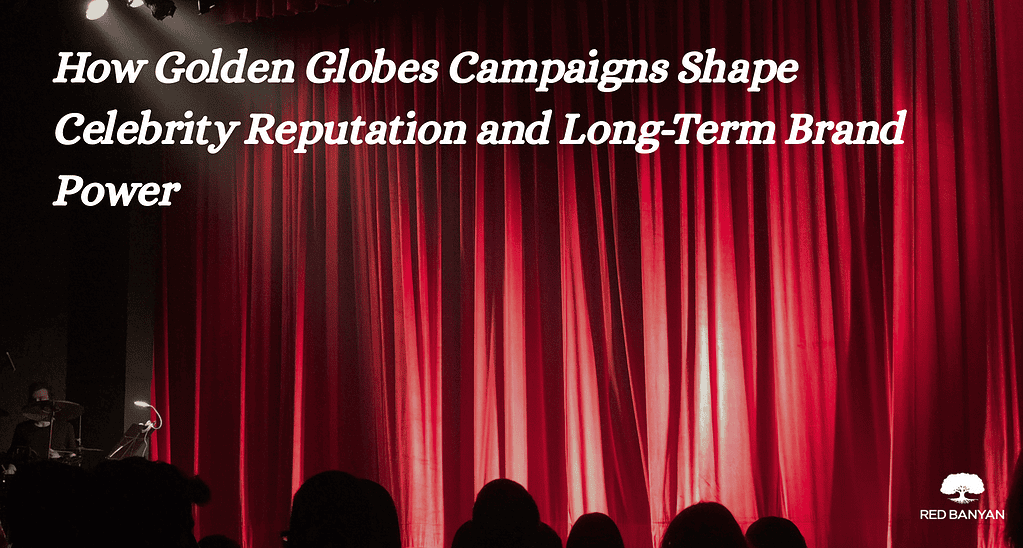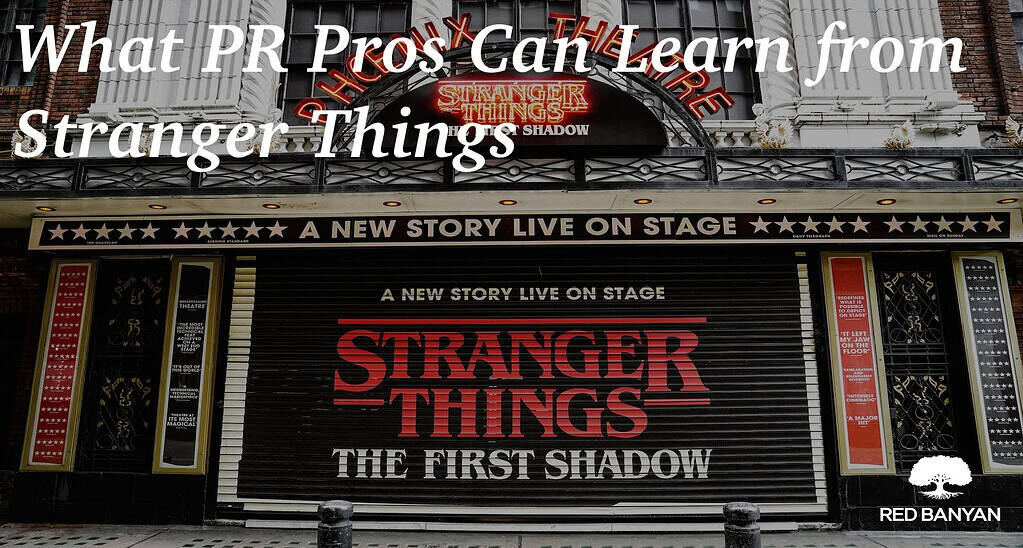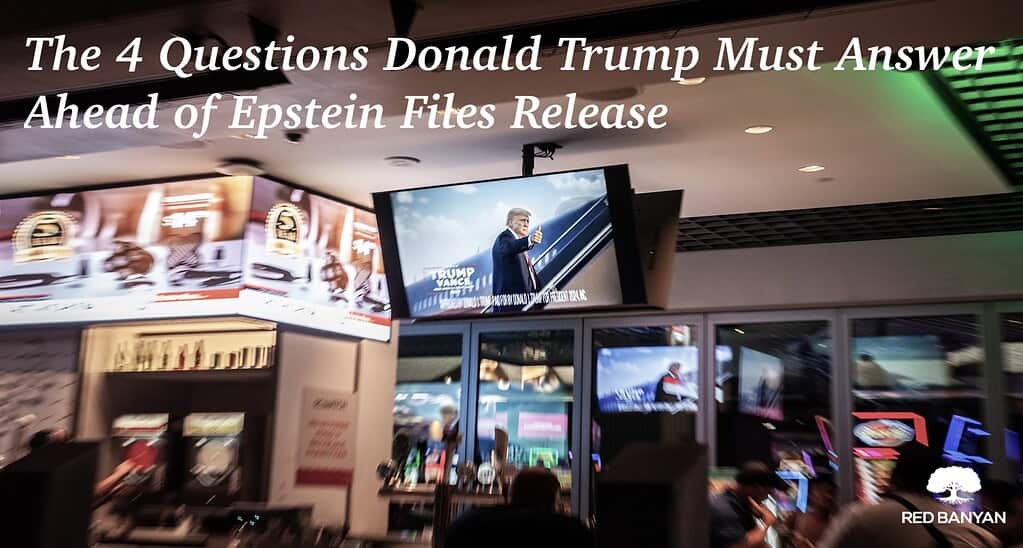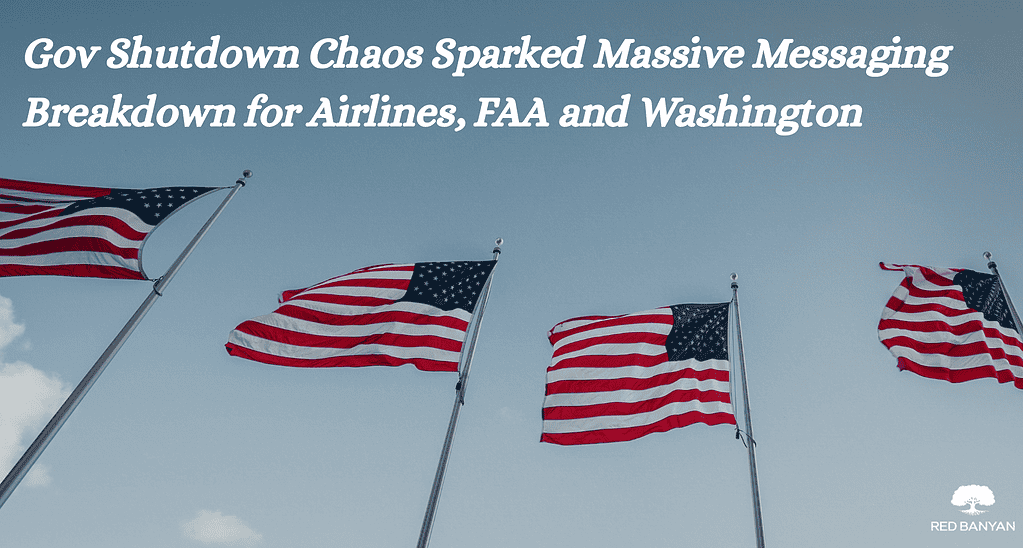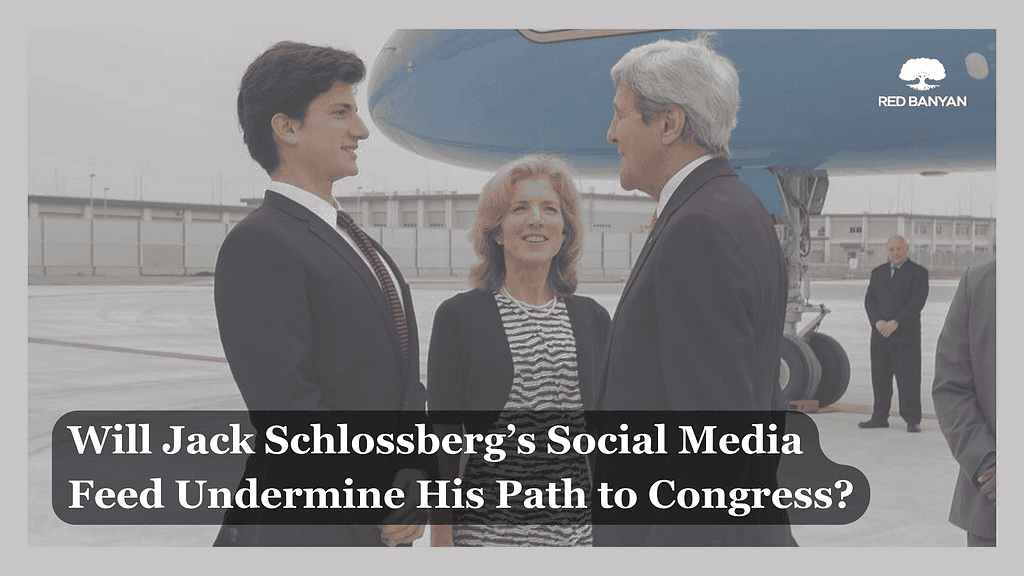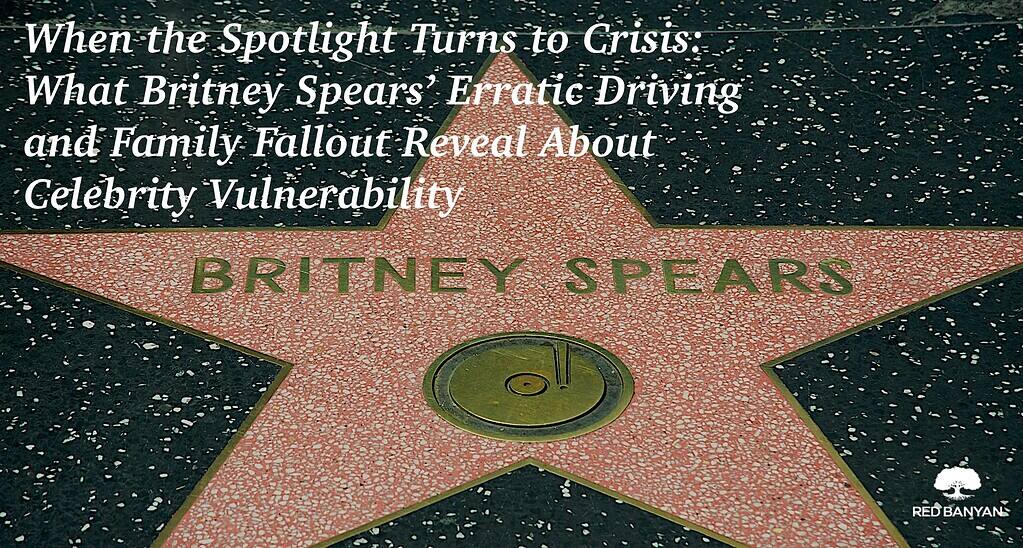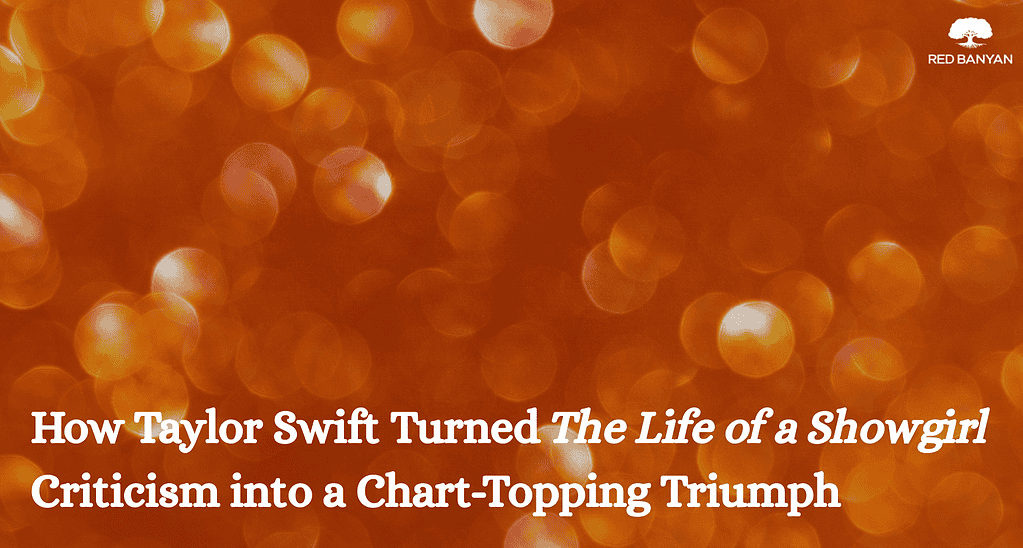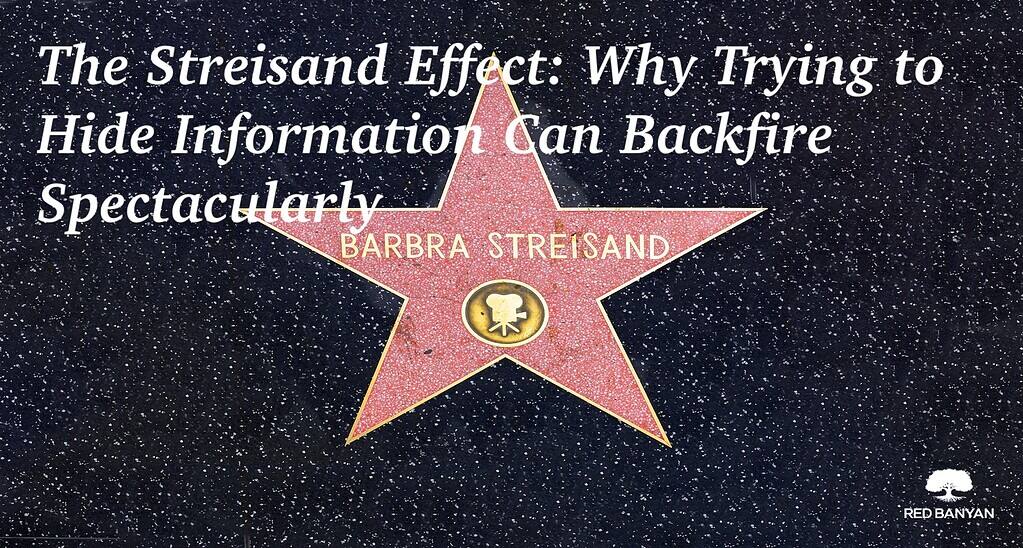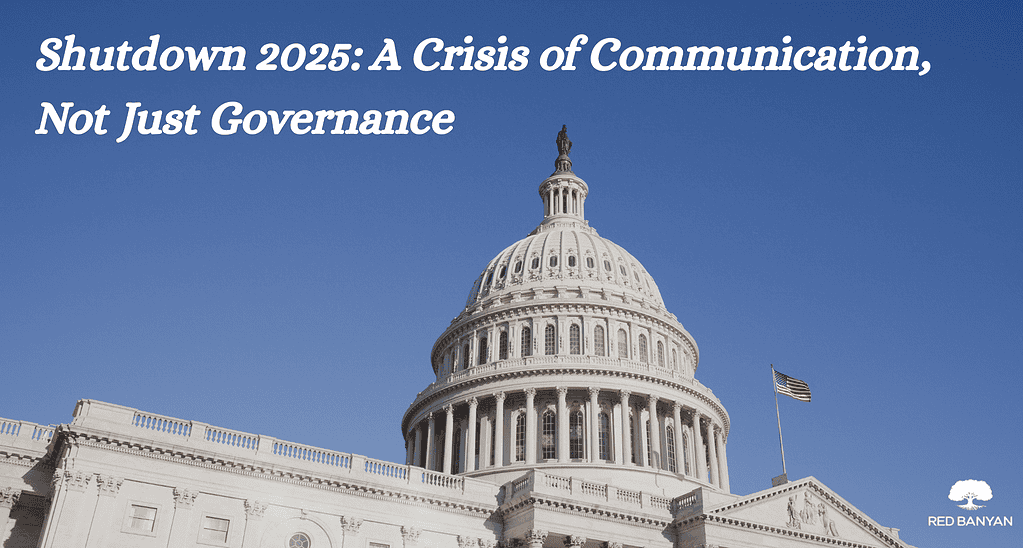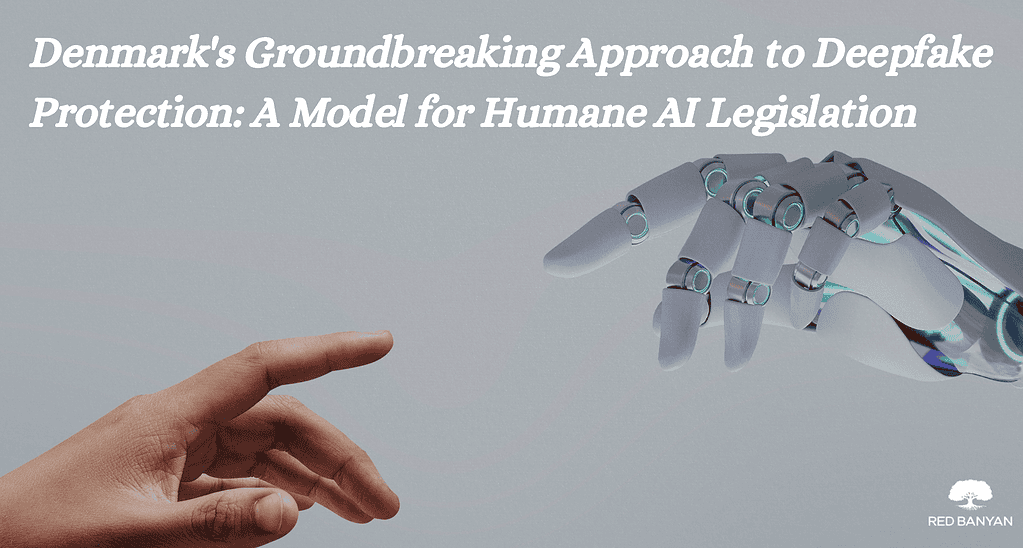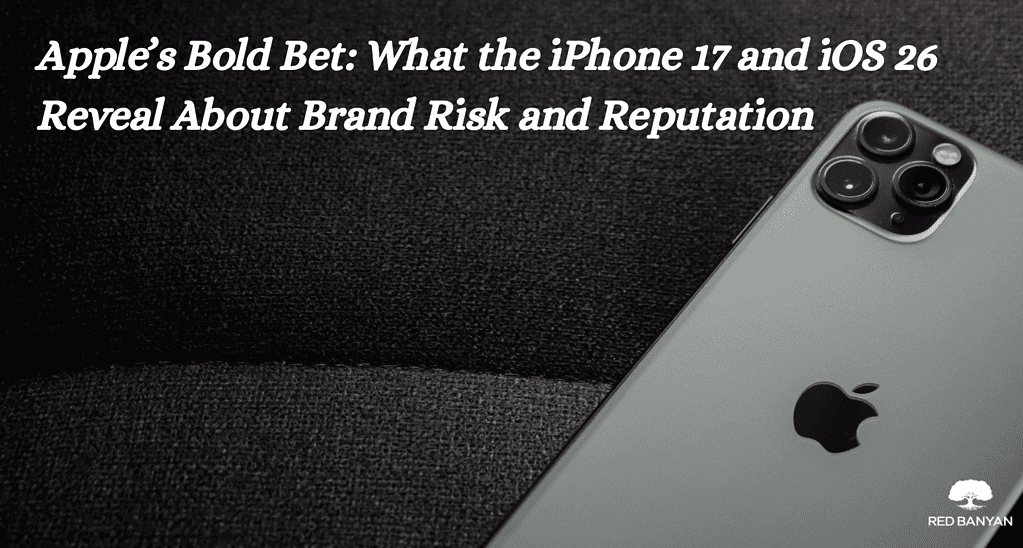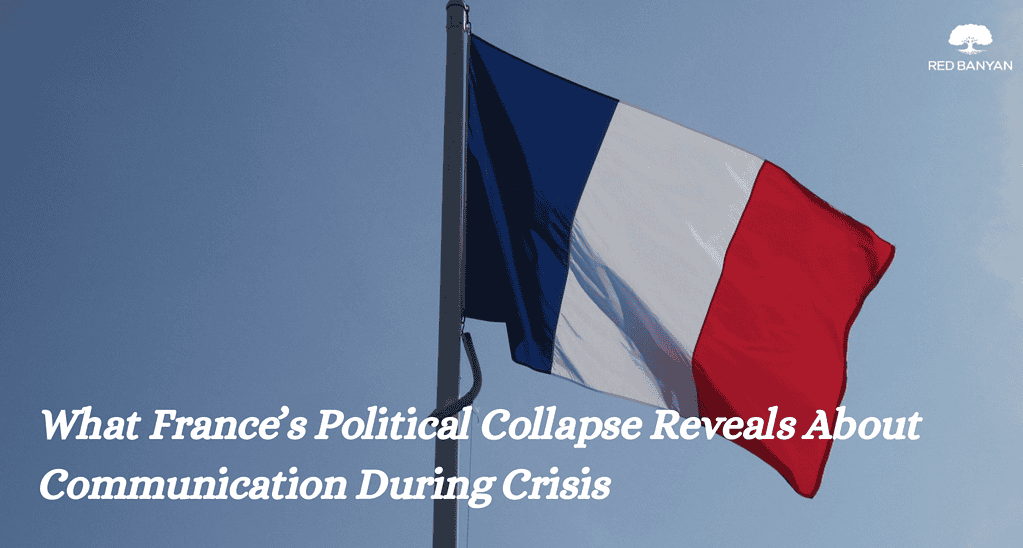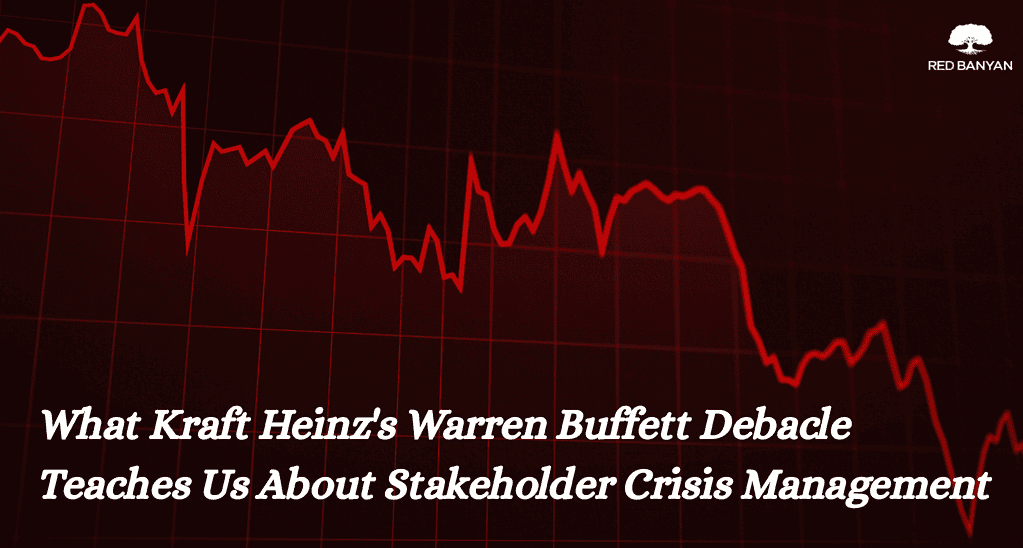As the Fourth of July approaches and the president once again steps into the spotlight for parades, speeches, and flag-waving photo ops, the margin for error shrinks. One small slip can end up defining the day’s headlines. In the social media era, a single awkward photo or video can spark a media storm faster than any policy announcement.
While most of these blunders are harmless and even humanizing, their visual impact often outweighs their substance. And for communications teams, the real challenge is deciding how and when to respond.
Here’s a look at five seemingly minor presidential missteps that became outsized PR stories, along with what they teach us about narrative control, media framing, and the power of optics.
1. Ronald Reagan’s Hot Mic Joke
In 1984, during a soundcheck before a radio address, President Reagan quipped, “My fellow Americans, I’m pleased to tell you today that I’ve signed legislation that will outlaw Russia forever. We begin bombing in five minutes.” Though meant as a joke (the comment wasn’t aired live)—it was leaked. And in the middle of the Cold War, the fallout was immediate. U.S. allies were rattled, Soviet officials weren’t laughing, and media coverage exploded.
Reagan’s team downplayed the remark, sticking to their narrative of strength and levity. But the moment exposed how offhand comments, even private ones, can become global headlines. It’s a high-stakes lesson in how tone, timing, and setting can transform a throwaway line into a full-blown diplomatic mess.
2. Jimmy Carter and the Killer Rabbit
In 1979, President Carter was out fishing when a rabbit swam straight at his boat. He splashed to scare it off, but when the press got wind of it, the White House denied the encounter. Once a photo surfaced, the story spun into late-night fodder and turned a strange moment into a symbol of weakness.
The event itself was trivial. But the hesitation to confirm it gave the media an opening to exaggerate. The image of a president “attacked” by a rabbit became political comedy material. From a PR perspective, the problem wasn’t the moment, it was the vacuum around it. A quick acknowledgment would’ve shut the door on days of speculation. Instead, the delay fed the narrative.
3. Biden’s Bike Fall
In 2022, President Biden got his foot caught in a pedal and fell while trying to dismount a bike during a ride in Delaware. He wasn’t injured, but the video went viral within hours and reignited ongoing questions about his age, agility, and fitness for office. What could have been a forgettable slip instead fed into a broader narrative already taking shape.
The White House acted quickly, explaining Biden was fine and continuing with normal scheduling. Biden even confirmed his wellbeing soon after by jokingly jumping up and down in front of a crowd of reporters asking about the incident. When isolated incidents begin to be framed as part of a broader pattern, the most effective response is visual contrast and consistency. Show the public what’s normal, not just what went wrong.
4. Trump’s Paper Towel Toss in Puerto Rico
After Hurricane Maria devastated Puerto Rico, President Trump visited a relief center and, during the visit, tossed rolls of paper towels into the crowd like a game-show host. The footage aired widely—and critics saw it as flippant, tone-deaf, and emblematic of a broader lack of empathy for the crisis. The White House insisted it was lighthearted, but the moment clashed with the gravity of the situation.
What was meant to humanize instead amplified the disconnect. In disaster settings, tone is everything. When the visuals feel unserious, even good intentions can be drowned out by bad optics. Relief efforts may be logistical, but perception is emotional.
5. George H.W. Bush’s State Dinner Incident
During a 1992 state dinner in Japan, President George H.W. Bush became ill and vomited into the lap of the Japanese Prime Minister before fainting. The moment drew heavy coverage from both U.S. and Japanese media, and even led to a slang phrase in Japan meaning “to do the Bush thing.”
Despite the public ridicule, Bush’s team responded effectively. They provided prompt and transparent medical details and treated the moment with seriousness. It passed quickly. The incident is a reminder that when health issues arise in public, clarity and professionalism matter more than spin. Straightforward facts often calm a chaotic media cycle.
When the Picture Tells the Story
Presidents are human. They trip, get sick, swat at animals, and fumble umbrellas. These moments aren’t career-defining, but the response to them can be.
For communications teams, the first instinct shouldn’t be panic; It should be clarity. Is the story gaining traction? Is it building into a pattern? And is there an opportunity to flip the narrative?
In a hyper-visual news cycle, managing perception isn’t optional. It’s strategy. A stumble isn’t fatal. Mishandling it can be. The goal isn’t to erase the moment, but to make sure it lands in the right context.
Red Banyan helps leaders and brands do just that; turn viral moments into opportunities with clear, confident messaging. Contact us today to learn more.
Want more insight? Read From Touchdown to Takedown: Antonio Brown’s Attempted Murder Charge and the PR Fallout of a Public Meltdown.



